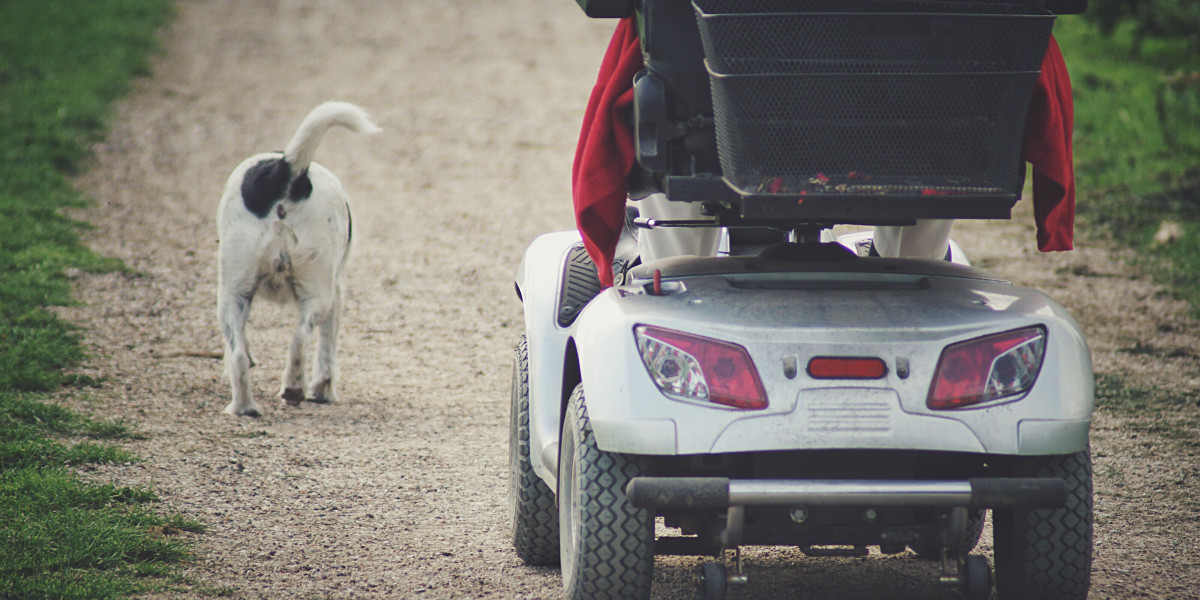Medicare and Medicaid Coverage For Medical Mobility Scooters
A medical mobility scooter is a convenient way for wheelchair users to get around. It comes with a huge foot deck and its wheels come with more of a narrower turn radius than electric wheelchairs.
It also offers ample storage space. Some portable models can be broken down into smaller pieces and placed in the trunk of a car.
How can I get a Medicare medical scooter through Medicare
You could be eligible for Medicare to cover the cost of mobility scooters if you struggle to get around without a walker or wheelchair. Medicare Part B will cover up to 80% the cost of medical mobility scooters provided you meet certain requirements. Discuss with your doctor whether you qualify for coverage. Contact an approved Medicare-approved service that accepts assignments.
Medical scooters are considered durable medical equipment (DME) under Medicare Part B. Medicare will only pay for medical scooters when you have a consultation in person with your physician. A doctor will examine your situation to determine whether a scooter is required to help you get around your home. If they decide to they'll write a prescription that will allow Medicare to cover the cost of the device.
Once you have an appropriate prescription, you can start searching for the ideal scooter. There are several factors to consider when choosing a model, such as the weight capacity and the turning radius. You'll want to ensure that the scooter is able to be used outside and on various terrains.
You'll need to check the coverage of your particular plan prior to purchasing a scooter. It's essential to conduct your research before buying the scooter. Certain plans have an expense limit. Also, you should look at the benefits of different models and brands. Some are more affordable than others, and it's important to think about the features you need most.
The Medicare scooter coverage amount differs between plans, however, most have the same basic requirements. You must be enrolled in Medicare Part B to receive the benefits, and you'll require a doctor to prescribe it for you. The doctor should also confirm that you're unable to move around your home without it. In most instances, a scooter is only suitable for indoor use.
A Medicare-approved DME provider will help you select the right scooter the right one for you. They'll visit your home and examine the space to determine if the scooter is able to navigate through furniture, hallways, and doors. They'll also test the motor, to ensure that it can handle your weight and variety terrains.
Medicare-approved scooters are available in a variety of sizes and styles. Some are designed as a fashion statement, while others are designed with performance that is superior in the mind. The Maxima medical mobility scooter is an excellent example of a fashionable mobility device that offers both performance and mobility. It has a top speed of 5.3 miles per hour and is able to support up to 500 pounds. It is available in two colors: Candy Apple Red and Viper Blue.
Accessing a Medical Scooter through Medicaid
There are a variety of choices for funding options for people with limited mobility due to a medical condition. These include Medicare and Medicaid, which offer assistance to those who meet eligibility requirements. You should always consult with a medical professional to determine which medical scooter is best for your needs.
Medicare Part B will pay for medical equipment that is durable such as mobility scooters, provided that doctors have prescribed it and a proof of need is provided. To qualify for coverage, you should start by contacting your local Medicaid office to find out whether you're eligible. If you qualify, choose the DME provider that accepts Medicaid. They should be willing to work with you and your doctor to get all the required documents.
Select the scooter that best suits your medical needs after you have located an DME provider that accepts Medicaid. Consider factors like turning radius as well as the weight of the assembly and ground clearance. A three-wheeled scooter can be more maneuverable around tight spaces and corners than one with four wheels. Assembled weight is also important to consider, as lighter scooters are simpler to transport and assemble.
Certain states have additional programs to assist with the purchase or rental medical scooters. To learn more about these programs, you can contact your local Department of Health and Department of Aging. Veterans Affairs also provides a variety of mobility aids to disabled veterans who qualify.
The process of getting the medical scooter you need through Medicaid can be long however, it is crucial to remain patient. By working closely with your healthcare provider, researching the details of your coverage, and keeping regular communication with your DME supplier, you can ensure that the process of getting a medical scooter through Medicaid is as smooth as it can be.
In addition to the options outlined above, you might be eligible to purchase the scooter through your personal insurance company or other sources of funding, such as grants and community organizations. The exact process varies by state and entity. For example, you should consult local disability advocacy groups or independent living centers to see what alternatives are available in your area. These organizations can suggest local vendors who offer mobility scooters that are Medicaid-approved. Additionally, they may be able assist you in completing the application process.
The process of obtaining a medical scooter through private insurance
In addition to Medicare private health insurance may also cover mobility scooters. In this scenario the insurance company will assess medical necessity as well as other criteria. This includes a face-to-face examination and prescriptions from a licensed healthcare provider. Additionally the scooter must be deemed to be necessary to perform daily tasks and be able meet specific weight capacities and other requirements. Some private insurance plans may also cover the accessories of the device.
Medicare Part B will cover medical scooters as long as they are considered durable medical devices. The device will be covered up to 80% once the deductible is fulfilled. The patient is responsible for the remaining 20 percent. This is the case for all kinds of scooters, including four-wheel and three-wheel scooters. There are exceptions to the rule. Some models are too big to be considered portable and have to be pulled by a vehicle.
To obtain medical scooters through private insurance first step is to obtain a doctor's prescription. Then, the person will need to find a DME company that accepts insurance. The DME company then submits the medical records and order forms to the insurance company to be approved. Once the insurance has approved the request the medical scooter will then be delivered to the patient.
It is crucial to remember that a medical scooter purchased through private insurance should be used for everyday tasks. It should be able to assist the user move around, perform daily tasks like bathing, dressing and eating. The scooter can be used to transportation both inside and outside of the home. In some instances medical scooters can even be used for shopping.
Medicaid may help pay for medical scooters in some states. However, different rules apply in each state. For instance, in some states, the Medicaid program only covers scooters that are hired from a contracted Medicare supplier. This is called the Competitive Bidding Program. In other situations the Medicaid program may only provide a medical scooter if it's an existing model that's available at an affordable price.
A medical mobility scooter is a great option for those who have limited mobility. Scooters can assist people in regaining their independence following an injury or illness. In many cases, medical scooters are a better alternative to wheelchairs. It offers greater comfort and stability, making it a great option for people who want to remain mobile. A medical scooter is a great option for people who struggle with walking or standing for extended periods of time.







